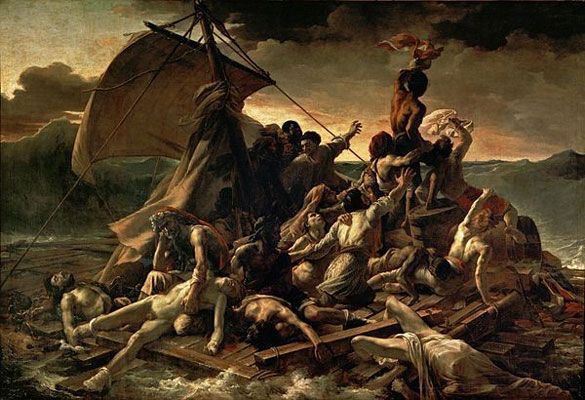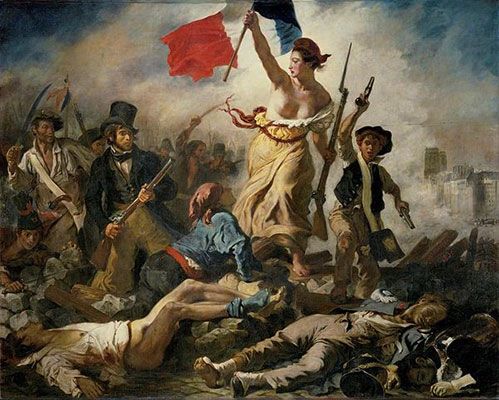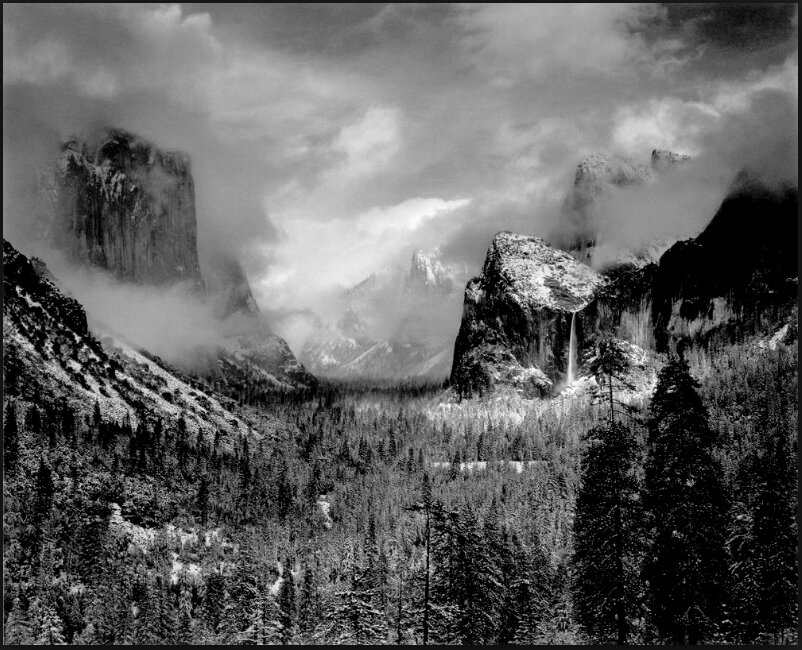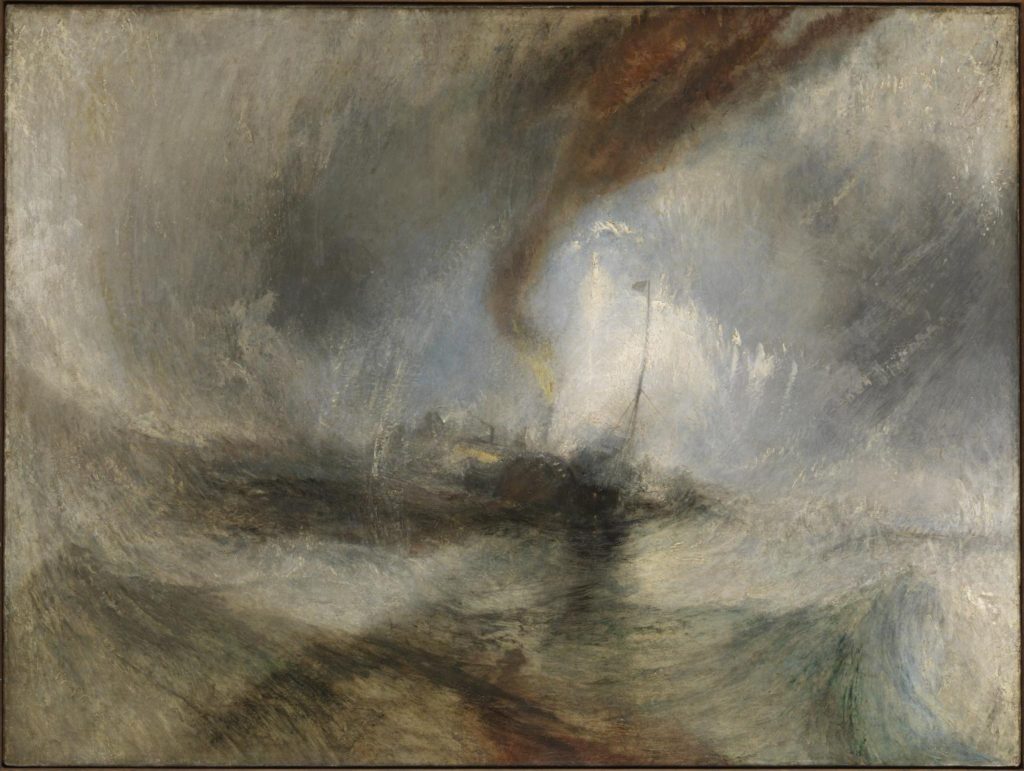What Is It?
A movement in the arts and literature, emphasizing inspiration, subjectivity, and the primacy of the individual.
History of romanticism
Romanticism began in the 18th century western Europe and in most areas was at its peak from 1800-1850. Romanticism gained momentum as an artistic movement in France and Britain in the early decades of the nineteenth century and flourished until mid-century. With its emphasis on the imagination and emotion, Romanticism emerged as a response to the disillusionment with the Enlightenment values of reason and order in the aftermath of the French Revolution of 1789.
Romanticism, first defined as an aesthetic in literary criticism around 1800, gained momentum as an artistic movement in France and Britain in the early decades of the nineteenth century and flourished until mid-century. With its emphasis on the imagination and emotion, Romanticism emerged as a response to the disillusionment with the Enlightenment values of reason and order in the aftermath of the French Revolution of 1789.
The five elements of romanticism
- Interest in the common man and childhood.
- Strong senses, emotions, and feelings.
- Awe of nature.
- Celebration of the individual.
- Importance of imagination.
Roger Fenton
Roger Fenton is a towering figure in the history of photography, the most celebrated and influential photographer in England during the medium’s “golden age” of the 1850s. Before taking up the camera, he studied law in London and painting in Paris.
As a photographer of architecture, Fenton was without equal in England. He assigned himself the task of photographing the major churches and abbeys of Great Britain and, working most often in a format as large as 14 x 18 inches, wedded perfect technique with an unerring ability to choose the precise vantage point and lighting conditions that would best render the smallest details of architecture, convey a sense of monumentality, and imbue his pictures with a Romantic spirit:
JMW Turner
Turner is perhaps the best-loved English Romantic artist. He became known as ‘the painter of light’, because of his increasing interest in brilliant colours as the main constituent in his landscapes and seascapes. His works include water colours, oils and engravings.
He dominated British landscape painting in a thoroughly Romantic style which was driven by the immediacy of personal experience, emotion, and the boundless power of imagination.
What is sublime in photography?
The Sublime is a western aesthetic concept of ‘the exalted’ of ‘beauty that is grand and dangerous’. The Sublime refers to the wild, unbounded grandeur of nature. The Sublime is related to threat and agony, to spaces where calamities happen or things run beyond human control.
The sublime landscape is defined as having the quality of such greatness, magnitude or intensity, whether physical, metaphysical, moral, aesthetic or spiritual, that our ability to perceive or comprehend it is temporarily overwhelmed.
The romantic sublime
Edmund Burke’s Philosophical Enquiry (1757) connected the sublime with experiences of awe, terror and danger. Burke saw nature as the most sublime object, capable of generating the strongest sensations in its beholders. This Romantic conception of the sublime proved influential for several generations of artists.








